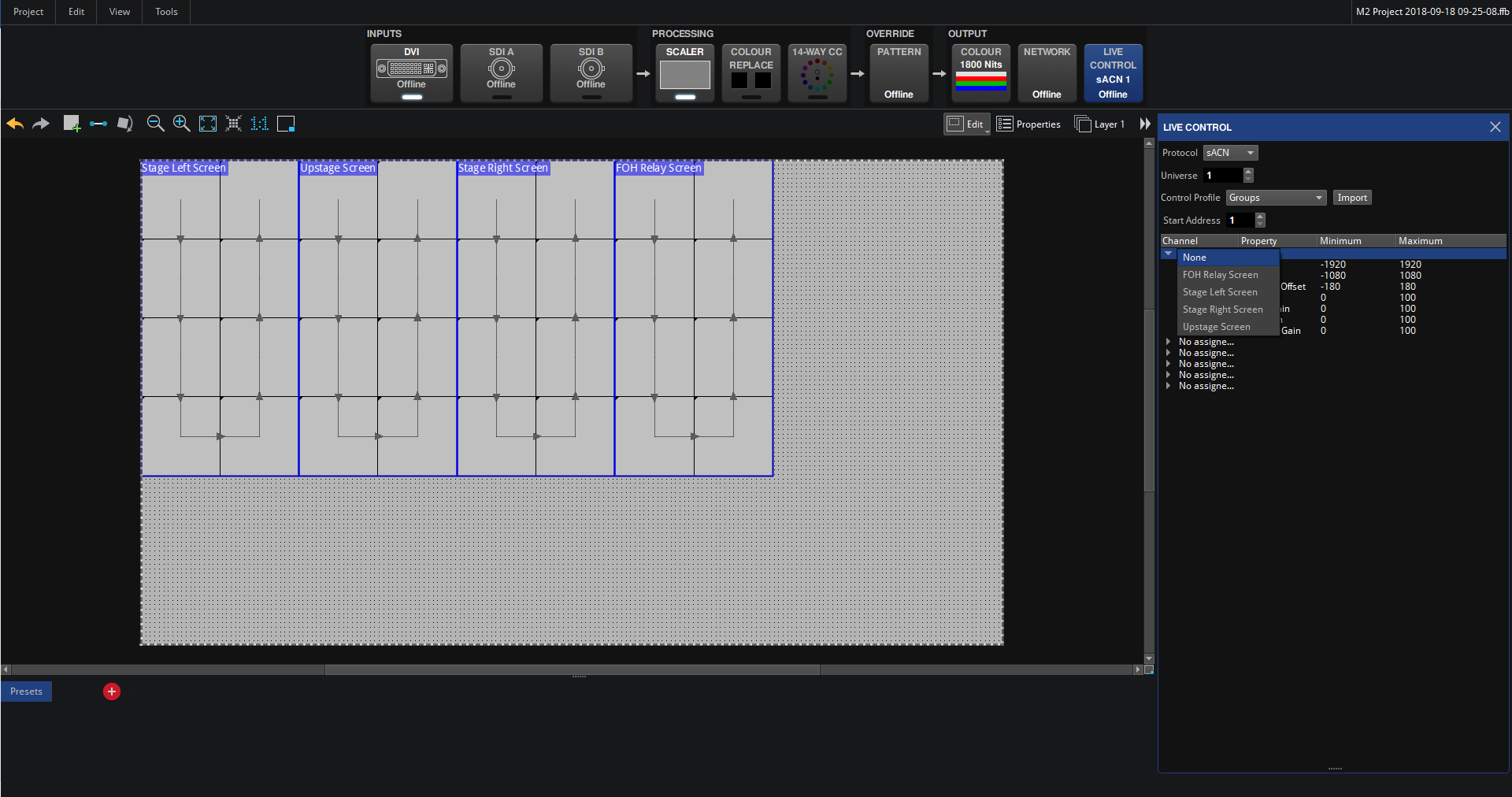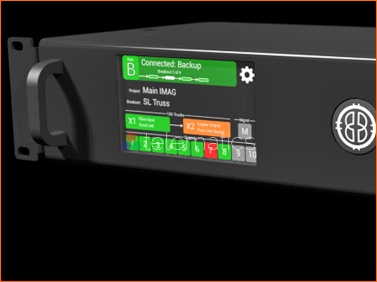
Each channel on the processor has a maximum pixel count. The rest are daisy chained as described above. The output channel sending card connects to the receiving card in the first panel in the video wall. The processor has multiple “sending cards” or output channels. In a rack somewhere near the video wall, the “head end processor” connects to the first panel in the wall. Each panel will be connected to each other with a data connection (usually an RJ45 plug and CAT5 or CAT6 cables) and a power connection (connection options vary). Each panel in the video wall has a power in and a power out as well as a data in and data out. The stage design possibilities are near endless. It might be a rectangular wall, two columns on the side of a stage, a long low “wall”, or a combination. The LED video wall is made up of many LED panels and assembled into whatever size fits your needs.


We will address some of those differences later in the post. Each of the two have distinct advantages and by offering two separate options, we can tailor a video wall to fit each installations requirement. THOR offers two brands of processor, NovaStar and Brompton. The processor is responsible to taking an image you feed it from a camera, computer, or other source and “processing” it so that it displays correctly on your video wall. This means you can’t have a receiving card that is one brand and a processor that is another brand (unless that brand will allow a sending card from a different brand). The important thing to note is that the receiving card and the processor are part of a system.

There are a number of brands of processor available today. Each LED panel in an LED video wall will have a receiving card that connects the video wall to the processor.


 0 kommentar(er)
0 kommentar(er)
